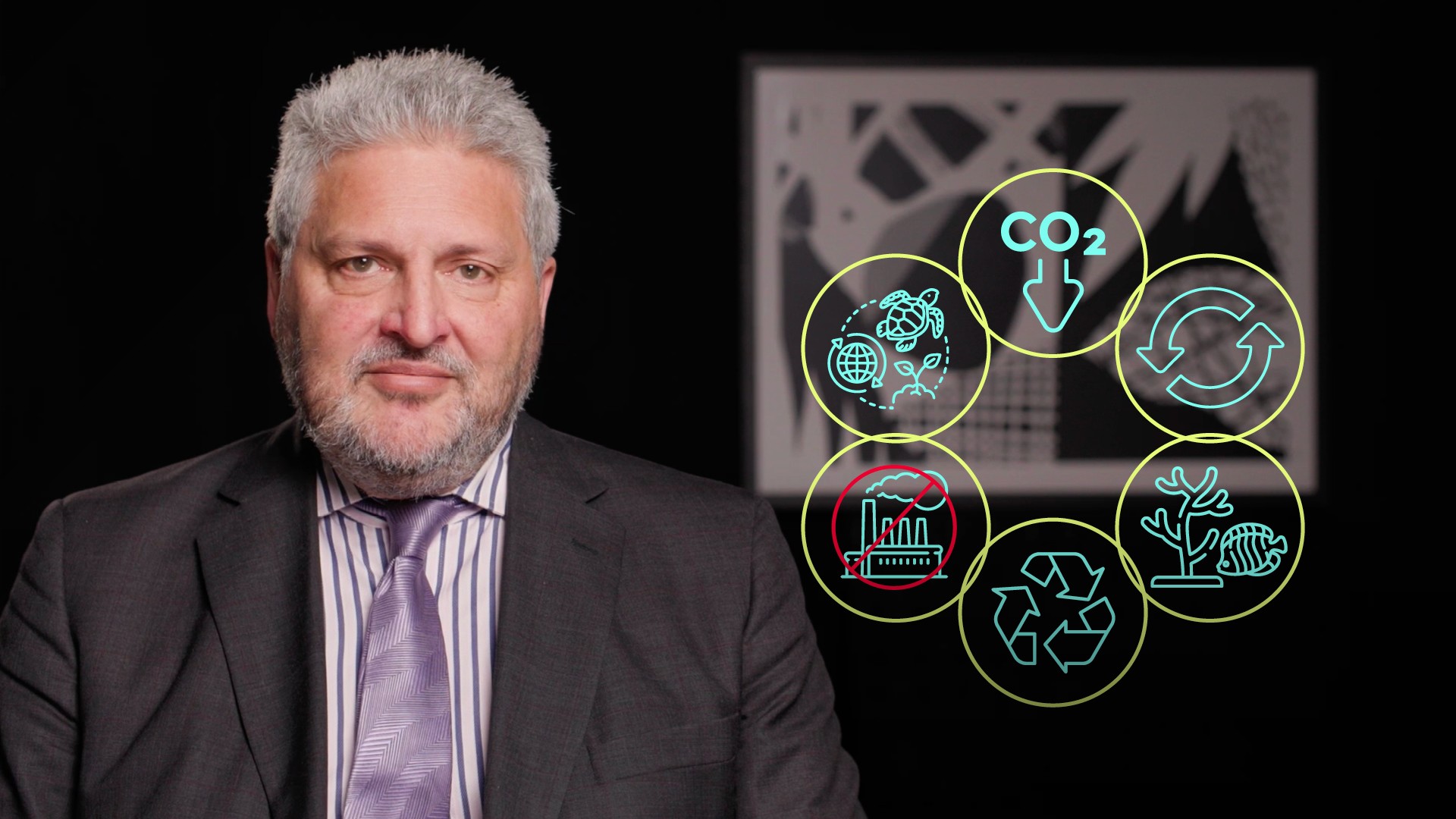
EU Social Taxonomy

Keith Mullin
35 years: Capital markets editorial
In this video, Keith talks us through the main points of the EU Social Taxonomy draft, a taxonomy being developed alongside the Sustainable Taxonomy, in order to encourage social investment.
In this video, Keith talks us through the main points of the EU Social Taxonomy draft, a taxonomy being developed alongside the Sustainable Taxonomy, in order to encourage social investment.

EU Social Taxonomy
5 mins 10 secs
Key learning objectives:
Understand the purpose of the proposed Social Taxonomy
Outline how it is similar and differs from the Sustainable Taxonomy
Overview:
The centrepiece of the EU’s ambitions to become carbon-neutral by 2050 is the EU Taxonomy for Sustainable Activities. However, policymakers have already started work on another project; drafting a Social Taxonomy. The Taxonomy will be designed to work in parallel with the Sustainable Taxonomy and it will create a framework that accelerates the flow of private capital to social projects.
What is the proposed Social Taxonomy?
The EU is attempting to create a second Taxonomy to run parallel to the Sustainable Taxonomy, a Social Taxonomy. It will create a framework that accelerates the flow of private capital to social projects.
Coming up with a blueprint for social activities is challenging because it covers difficult areas to resolve such as poverty, human rights, slavery and child labour; areas that can’t be quantitatively assessed by science like greenhouse gas emissions can.
The Social Taxonomy working group has mapped out 8 headings to define the scope of its work:
- Labour rights and working conditions
- Social protection and inclusion
- Non-discrimination
- The right to healthcare, housing, education and food
- Unemployment assistance
- Consumer protection
- Peaceful and inclusive societies
- Fighting corruption and tax evasion
The Social Taxonomy blueprint has been built around 3 beneficiary groups, under 3 overarching social objectives:
- Decent work, people in their working lives or as workers
- Adequate living standards and wellbeing for end-users
- Inclusive and sustainable communities and societies
Each of these key objectives has several sub-objectives.
How does the proposed Social Taxonomy complement the Sustainable Taxonomy?
The idea is that the Social Taxonomy will have a structure that dovetails with its sustainable cousin. However, there is also a contradiction – which policymakers are aware of – arising from the fact that while most economic activity has an adverse impact on the environment; creating decent jobs, improving human wellness, and producing socially beneficial goods and services all lead to social benefits. All sounds great, but it will come at a cost to the environment.

Keith Mullin
There are no available Videos from "Keith Mullin"

